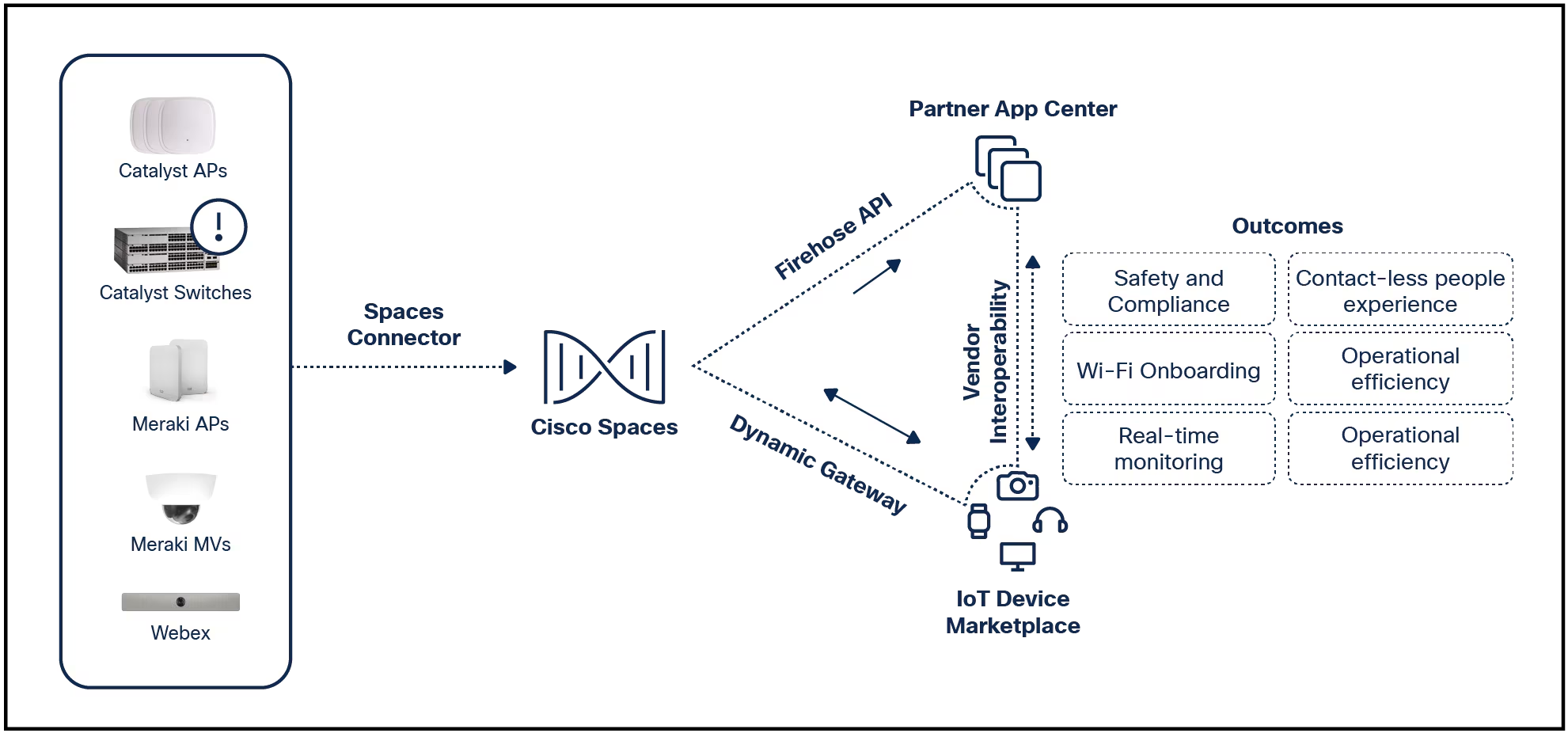Become a member of any drone forum or Facebook group, and you'll quickly notice a pattern. Someone posts that they've bought a drone, and a few days later, that same someone is posting that they've crashed or lost their drone.
Recommends
![]()
The best photography drones
This lineup of aerial hardware fits a variety of enterprise photography and video use cases.
Read now I see this pretty much daily.
And it's quite saddening, partly because the main reason for this is operator error. It could more than likely be avoided by following a few simple tips.
I've flown many hundreds of miles with a range of drones (both large and tiny) over the years, and so far (knock on wood), I've not had a crash or flyaway with a drone. I put this down partly to having -- and following -- a comprehensive pre-flight checklist.
This checklist can help prevent problems that get drone operators into trouble:
- Check the weather, especially for high winds and gusts (your manual should tell you the maximum windspeed that is safe for your drone)
- If you're new to drone flying, familiarize yourself with the drone and controls before takeoff, and take some short practice flights to get used to takeoff and landings
- Check the drone for damage before each flight, especially the propellers (replace any showing any signs of damage) and batteries (check for bulging)
- If you've replaced propellers, double-check that you've fitted the correct ones (different corners of the drone will take different propellers)
- Charge everything before a flight
- Remove any gimbal or propeller guards
- Switch the remote control on before turning the drone on (this is far safer than turning the drone on first)
- Let the drone get a GPS lock before taking off (check your manual on how to check for this, and note that some drones won't allow takeoff to happen unless the drone has a good GPS lock)
- Take off in a clear area, away from trees and building the drone could fly into (drones can be somewhat erratic on initial takeoff, so give them space)
- Let the drone hover at about 2 to 3 meters (6 to 10 feet) for 30 seconds to stabilize, to warm up the battery if the weather is cold, and to get a fix on its launch position in case it needs to do an emergency return to home (DJI drones will inform you that "the home point has been updated")
Also: DJI Mavic 3: The very best drone for 2022
- Keep the drone within visual line of sight (VLOS), or in other words, make sure you can see the drone at all times
- It's always a good idea to fly out to a destination into the wind; this way, the wind will aid the return of the drone (do it the other way, and the drone can run out of battery before getting back home)
- Be mindful of small objects, such as tree branches and cables, that the drone's obstacle avoidance system might not be able to detect
- If the drone says it needs to return home for whatever reason, bring the drone back immediately
- When landing, make sure the landing area is clear and that there's enough space around the landing area in case the drone becomes erratic close to the ground
- After landing, turn the drone off first, followed by the controller
- Check the drone for damage
Drones
![]()
The 4 best drones: Which one is right for you?
![]()
Want a folding dual-camera drone? This one just dropped to$85
![]()
Drone company gets unlimited commercial approval from FAA
![]()
The 5 best surveillance drones: Next-level inspection UAVs
-
![]() The 4 best drones: Which one is right for you?
The 4 best drones: Which one is right for you? -
![]() Want a folding dual-camera drone? This one just dropped to$85
Want a folding dual-camera drone? This one just dropped to$85 -
![]() Drone company gets unlimited commercial approval from FAA
Drone company gets unlimited commercial approval from FAA -
![]() The 5 best surveillance drones: Next-level inspection UAVs
The 5 best surveillance drones: Next-level inspection UAVs
































 Hot Tags :
Hot Tags :